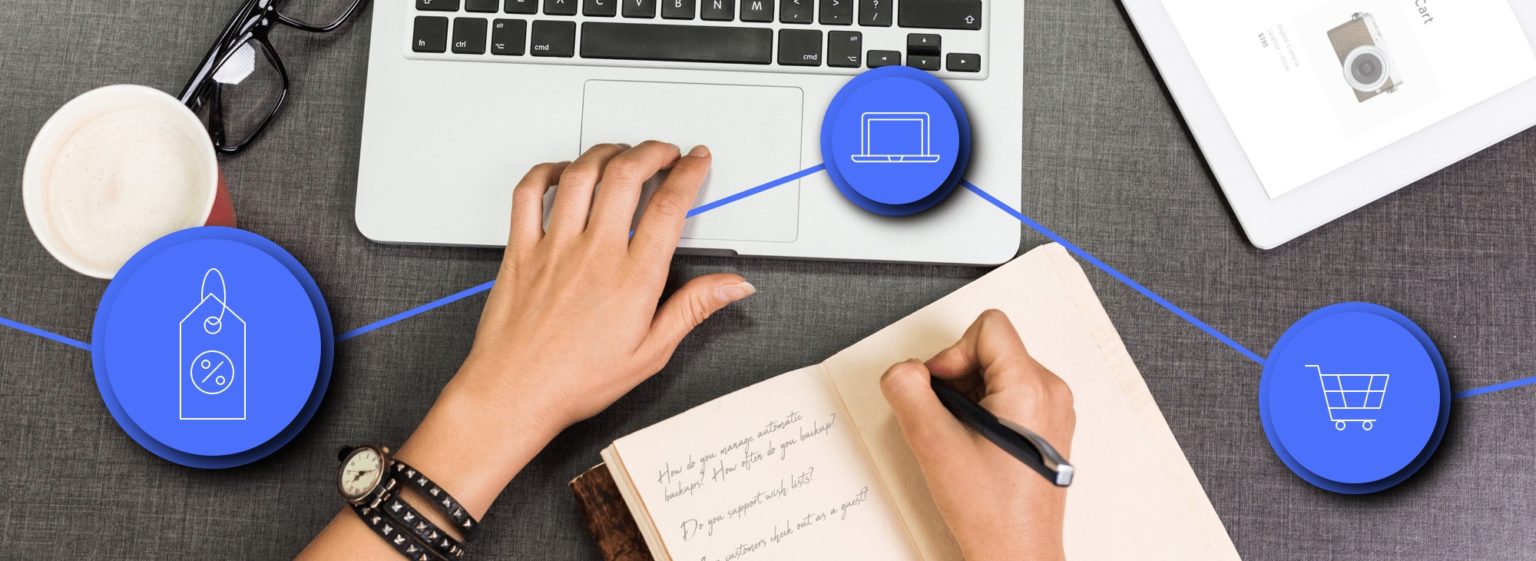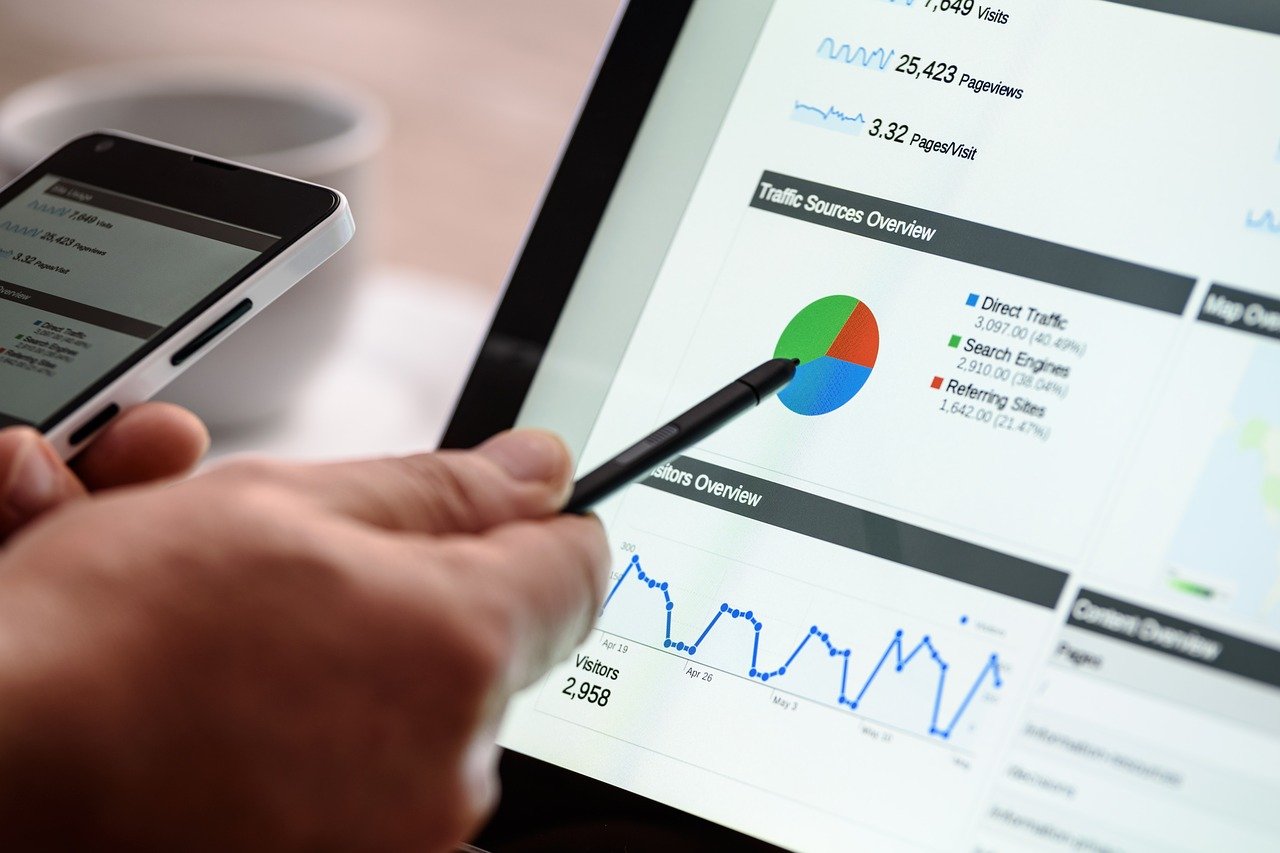As time passed, sustainability and a greener planet have become significant concerns for the world, and efforts have been made toward it. Whether in smaller steps or paces, leaving a greener footprint is advantageous for us all. But when it comes to sustainability, one area has been unnoticed: the digital world. It’s because we take up that since it’s a paper-free region without any physical industrial waste, it shouldn’t harm the environment. However, it’s estimated that the internet emits approx. 2 billion tons of greenhouse gas yearly.
So, can you make your website more globally friendly? Yes, there certainly is. Allow us to give you ways to sustain your website.
What Is a Sustainable Web Design?
At Cyber Creation, a digital marketing agency, we aim to create innovative digital products through websites or web applications. However, it is increasingly vital that we consider the possible environmental impact of our work and the many ways we can reduce it.
Currently, the internet generates about 3.7% of global carbon emissions, which makes it comparable to the airline industry in terms of environmental effects. This estimation would place the internet amongst the world’s top five highest-polluting countries regarding CO2 emissions.
Sustainable web design aims to lower this impact by quantifying and comprehending how digital products contribute to this global matter.
How Can You Make Your Designs Sustainable?
There are a few vital emission-reducing tactics that, when followed, will allow making your website slightly greener. To produce a more sustainable website, you can apply the following:
Optimised Visual Content
When a user opens your page, optimised images will load more quickly. Optimised Visual content will lower the energy required to load the page and enhance your website user experience (UX) by reducing your user’s frustration. You can compress the images, so they’re smaller to optimise them. Use progressive JPEGs or use image sitemaps so Google can notice your images.
Clear Content Hierarchy
Users with a clear content hierarchy will quickly identify essential information when they visit your page. This will make it feasible and easy to improve its usability, navigate your website and allow them to finish their tasks more quickly and reduce the energy amount and effect on the environment.
Reduce Custom Fonts
Switching your website font type or reducing custom fonts significantly impacts the size and your webpage loading time. Web-safe font can be a better option to try so that compatible browsers don’t need to download extra files to display them. This means less energy consumption and a minor impact on the environment.
Green Web Host
Opting for a green web host will help lowers energy consumption. Green hosting providers power their data centres using renewable energy. Some even feed the grid to reduce the load by producing excess renewable energy. AWS, A2 Hosting, Site ground, and Firebase Hosting are some green hosting providers.
Fewer Web Pages
The more requests the server has to deal with when the website has more pages. This allows for more energy consumption whenever a user visits a different page. Having single-page or fewer-page designs can reduce the environmental impact while improving the optimistic effect on your user with improved UX (User Experience) for all devices, mainly smartphones.
Conclusion
You can reduce your website energy using these sustainable web design tips, lowering your environmental impact as a company. As a digital design agency and the best SEO company in London, we at Cyber Creation are attempting to prepare to create highly energy-efficient digital products and lower our general environmental impact. Our website designers will ensure that your web pages have the ideal designs and top layouts to enhance the website look with the least energy required.






 SEO Services In London
SEO Services In London SMM Services In London
SMM Services In London PPC Services In London
PPC Services In London Web Design Services
Web Design Services